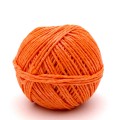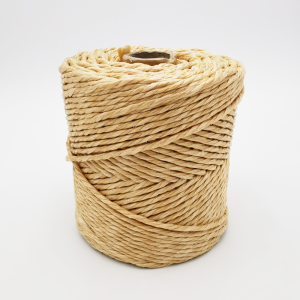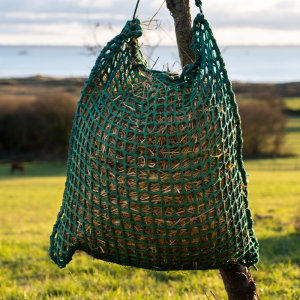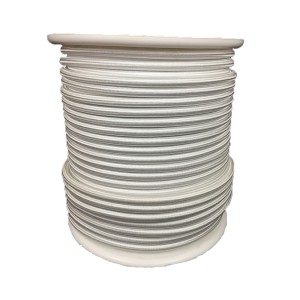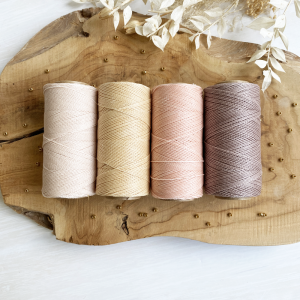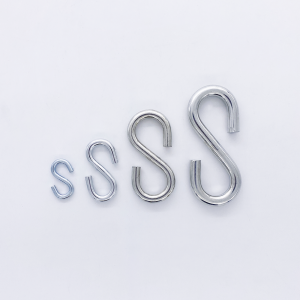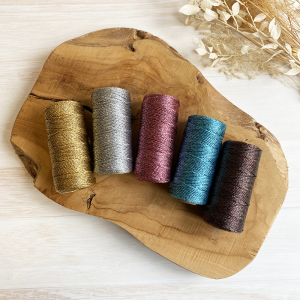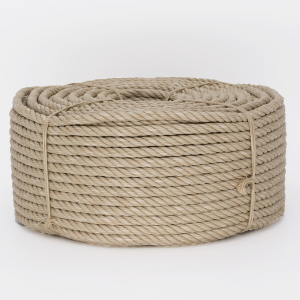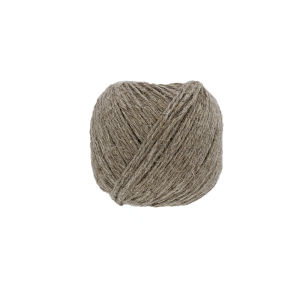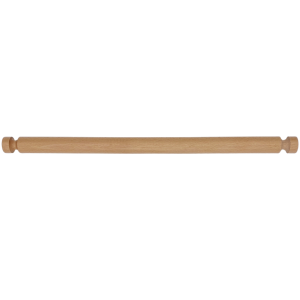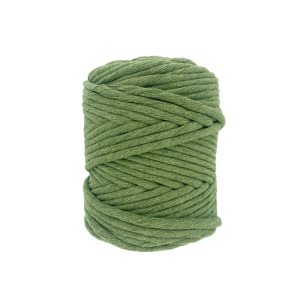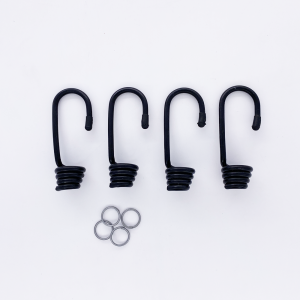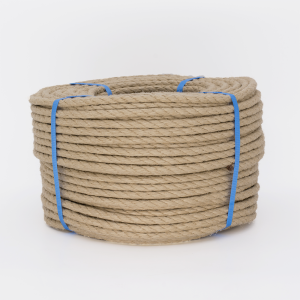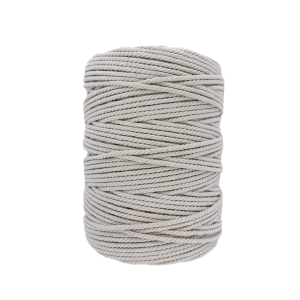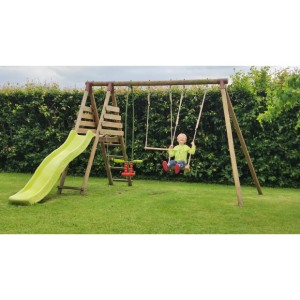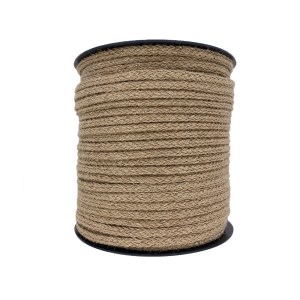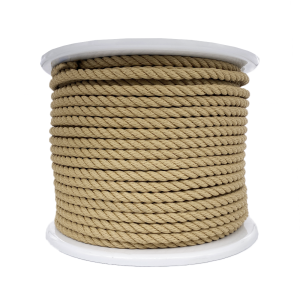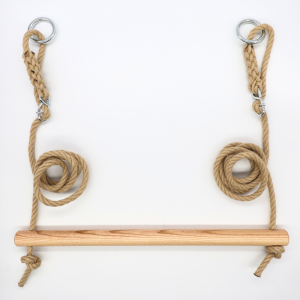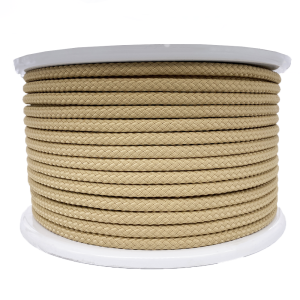Polypropylene twine ***OUTLET***
Many natural fibres are used to make rope:
- hemp
- cotton
- sisal
- jute
- linen
- coconut fibre
The strongest material is hemp. The most used materials in decoration are cotton and jute.
- Polypropylene
- Textured polypropylene (synthetic hemp)
- Polyester
- Nylon (Polyamide)
- Polyethylene
- Steel
- Latex
The breaking strength of a rope varies according to its raw material, construction, density, and diameter.
The tensile strength is the tensile capacity of a new rope when it is new, static, straight, knot-free and splicing-free. A tolerance of +/- 7% is always applied for the breaking resistance of a rope. For safety, no more than 80% of the breaking load of a rope when it is new should be used.
Expressed in KG, it refers to the tension capacity at standstill (weight); while expressed in decanewton (DaN), it refers to the tension capacity in motion (weight x speed). The use of a rope reduces its breaking resistance.
The main factors that attenuate a rope’s strength are: moisture, UV rays, heat, frost, abrasion, knots, splicing and chemical agents.
- Polypropylene
- Textured polypropylene (synthetic hemp)
- Polyester
- Nylon (Polyamide)
- Polyethylene
- Steel
- Latex
 Anti UV treatment
Anti UV treatment
To stay intact in the face of prolonged exposure to the sun, our synthetics are treated to resist UV.
 Better resistance to weather
Better resistance to weather
Rain, snow, sea water... Our synthetic ropes are designed to last in the face of moisture and corrosion.
 Longer life
Longer life
The synthetic rope is suitable for long-term decoration of your exterior. You can choose the synthetic hemp rope for a natural effect guaranteed.
Polypropylene is the most economical and lightweight fibre. It has an excellent quality/price ratio for uses that do not require a rope with a high performance mechanical strength.
Polypropylene is floating and hydrophobic. It can be in permanent contact with water without degrading itself. It is resistant to moisture.
Density: 0.91
Polypropylene fiber has good UV resistance but it is still inferior to polyester and nylon.
For a better outdoor life, make sure that your polypropylene rope is treated against UV. All our polypropylene ropes are.
Polypropylene is resistant to mites, bacteria, strong acids and alkalis and ordinary solvents. It is sensitive to aromatic compounds. It dissolves in chlorinated solvents at high temperatures.

